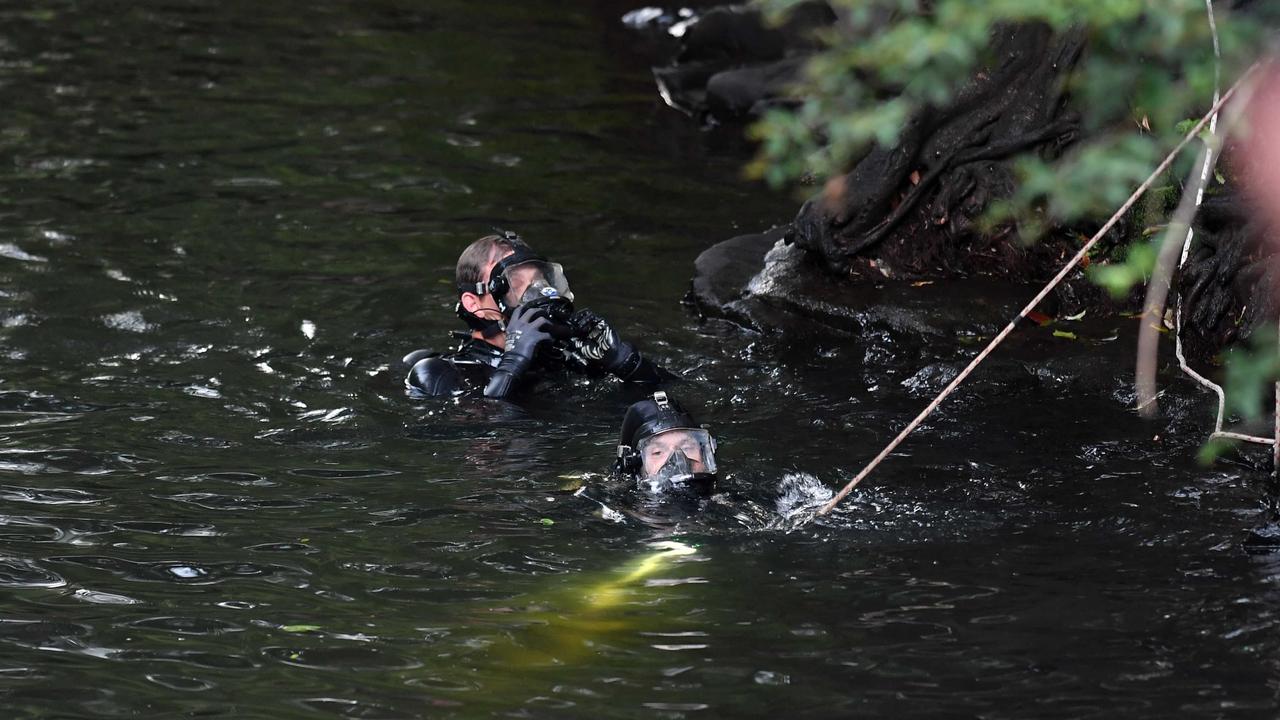‘Concerning surge’ in Dengue Fever in popular tourist towns in Bali including Ubud, Uluwatu and Canggu
Visitors to Bali are being warned of a “concerning surge” in the number of recorded cases of a potentially deadly infection.
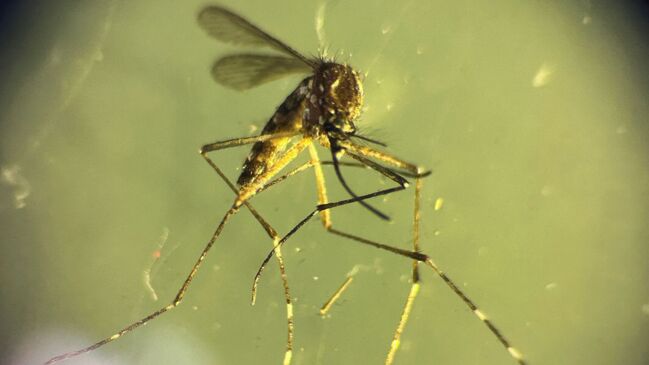
There’s a new warning for one of the most popular regions for Australian tourists in Bali, after authorities recorded a significant spike in cases of a potentially deadly illness.
Bali’s Badung Regency — which is home to the island’s most popular tourist areas of Uluwatu, Canggu, and Seminyak — is seeing a “concerning surge” in the number of reported cases of Dengue Fever, reports local media.
According toThe Bali Sun, Badung Regency saw a 100 per cent increase in the number of cases of dengue fever recorded in 2024 compared to 2023.
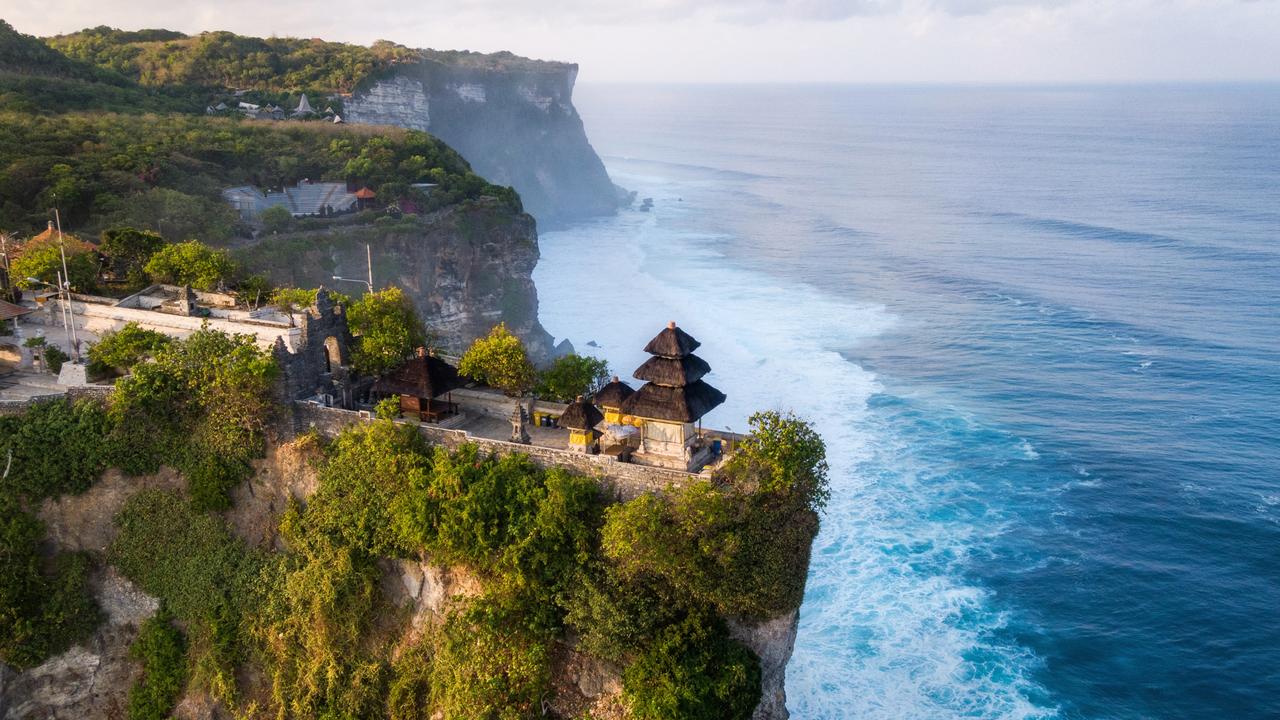
This trend also puts Badung Regency as the second-highest dengue fever area in the province.
According to the publication, in 2024 the Badung Regency health officials recorded 2,405 cases, and in 2023, just 1,137.
The Gianyar Regency, which is home to the always popular tourism hub of Ubud, topped the case charts for dengue fever in 2024, seeing 4,478 cases confirmed by medical practitioners.
The Head of the Badung Health Service, Dr. Made Padma Puspita, warned that the case load could be a result of the differing conditions in 2024 (and into 2025) compared to years prior.
“We see that the rain this time is very different from last year. There are many floods and puddles everywhere,” Dr. Padma Puspita said.


Dengue fever, which is a potentially deadly virus and also known as break-bone fever and bone-crusher disease, is found in tropical and subtropical climates worldwide and is transmitted to humans through the bite of a mosquito.
In December, data from the National Notifiable Disease Surveillance System shows there have been 2153 cases of dengue fever recorded in Australia in 2024, compared to 1119 the year before, and 1505 in 2019, before the pandemic halted overseas travel.
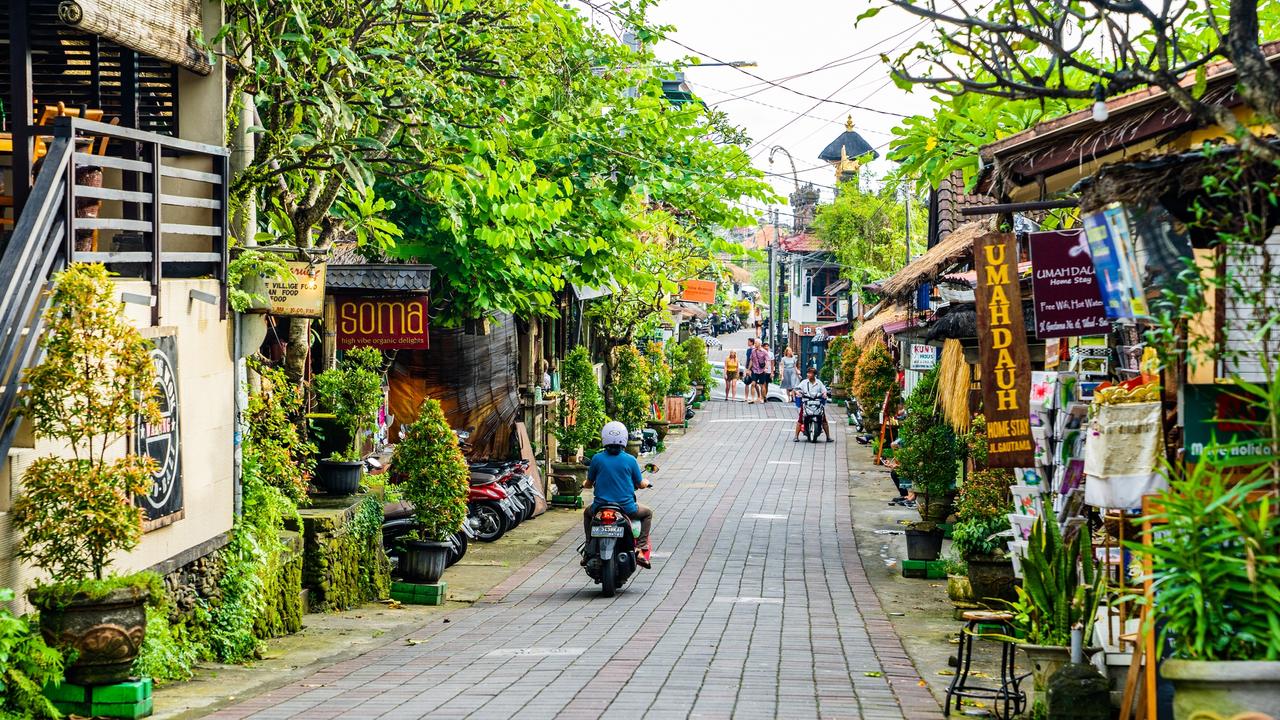
How to protect yourself against the dengue virus
Most Australians are at no risk of getting dengue fever unless travelling overseas due to the climate the Aedes aegypti and Asian Tiger mosquitoes live in.
Outside of places like Bali, the illness is common in many tropical countries including in the Americas, Africa, the Middle East, Asia and the Pacific Islands.
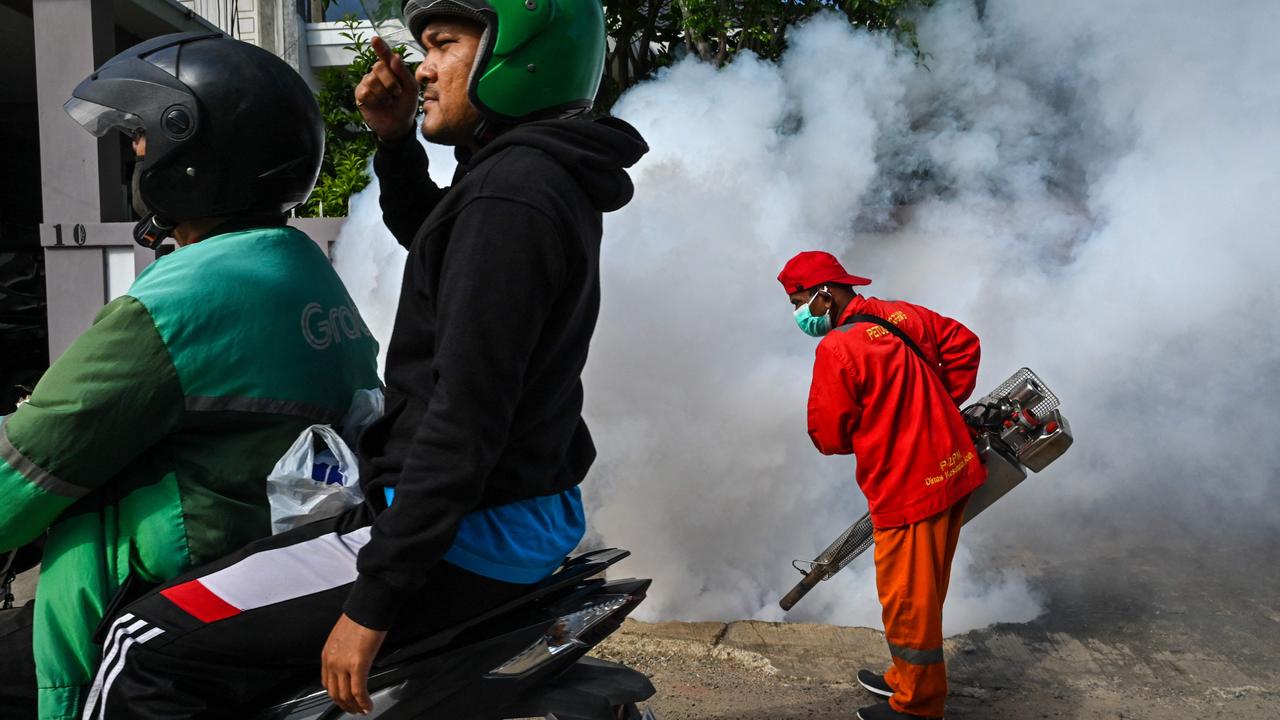
Experts say the best way to prevent dengue is to avoid being bitten by mosquitoes. They are most active around dawn and dusk.
To avoid contracting mosquito borne diseases, state health authorities urge travellers to wear long, loose and light coloured clothing, and use insect repellents with diethyltoluamide (DEET), oil of lemon eucalyptus or picaridin.
If also wearing sunscreen, Queensland Health advises you apply the sunscreen first and then the repellent.
NT Health added that travellers should ensure flyscreens are intact in accommodations and tents.
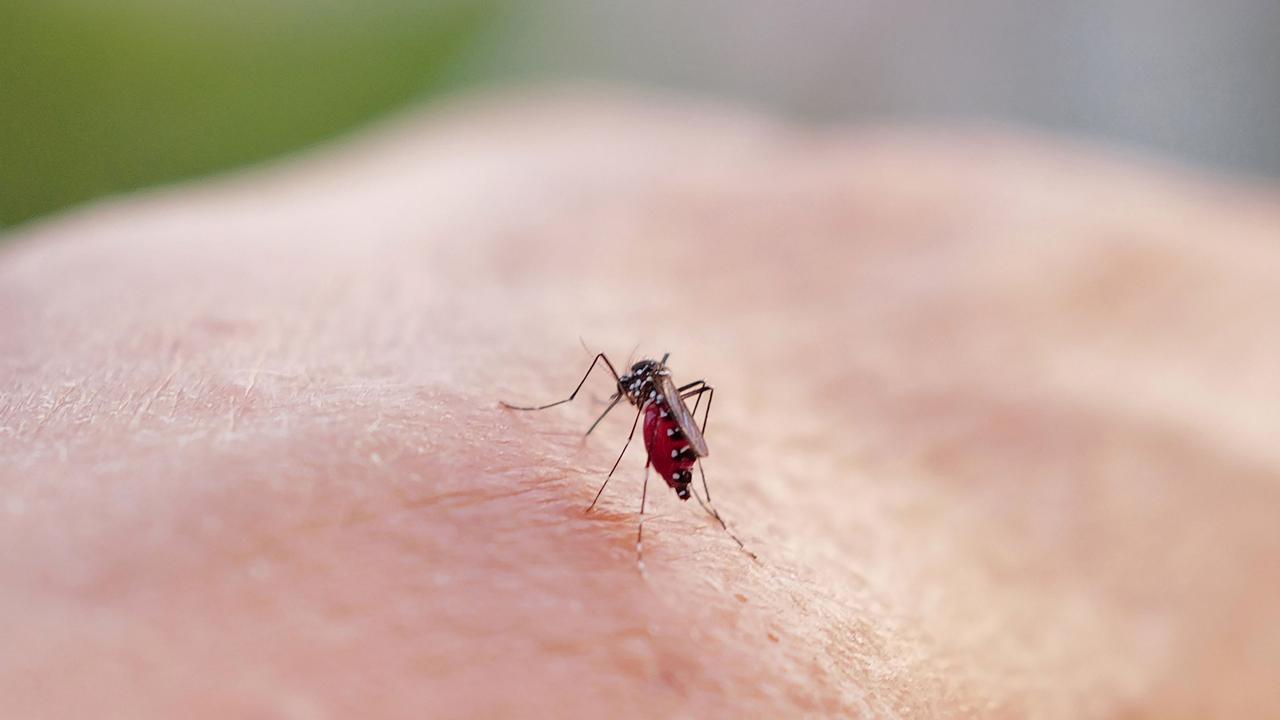
Typical symptoms of dengue fever can include sudden onset of fever, extreme tiredness, intense headache (especially behind the eyes), muscle and joint pain, loss of appetite, vomiting, diarrhoea, abdominal pain, sunburn like a rash on arms and legs, minor bleeding from the nose or gums and/or heavy menstrual periods.
According to the World Health Organisation, most people who are infected will be asymptomatic or only have a mild illness, but occasionally dengue can cause more severe cases, and even death. There is no specific treatment for the disease.
Aussie model’s $52,000 dengue fever ordeal
In 2015, Aussie model Emily Gurr, then 21, became seriously ill with Dengue Fever while visiting Bali, which she got from a mosquito bite about a week earlier in Vietnam.
At the time, she said she woke up one morning suffering from what she initially thought was a bad hangover, but things went quickly downhill.


“I felt awful, like a bus had hit me. I didn’t know what it was but by the night time it was excruciating,” she previously told news.com.au.
After about 10 days in hospital the call was made to airvac Ms Gurr out of Bali as her condition went downhill.
She was flown to Darwin for treatment, and her mother was flown in to be with her.
The cost of the emergency evacuation alone was about $52,000.
– with Chantelle Francis





